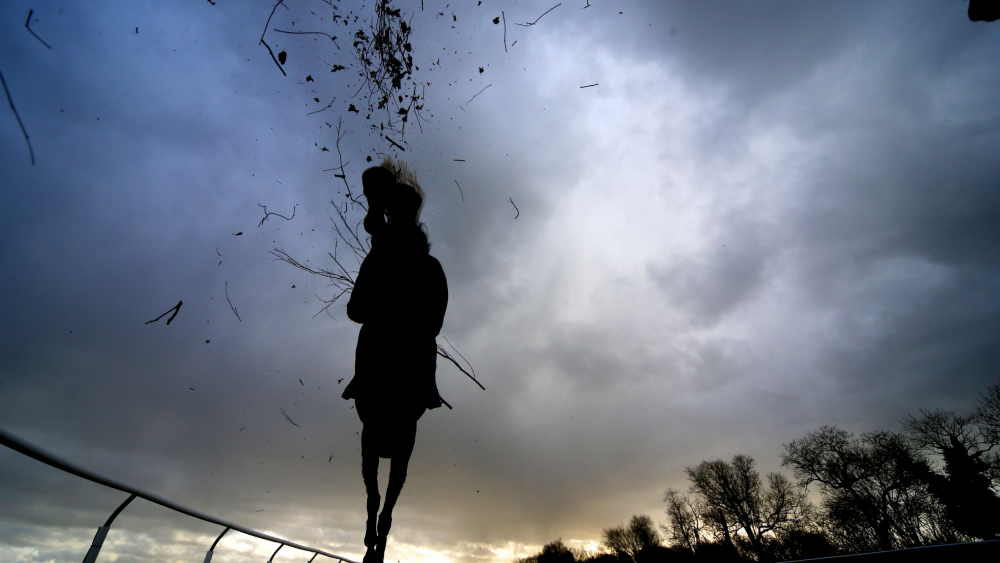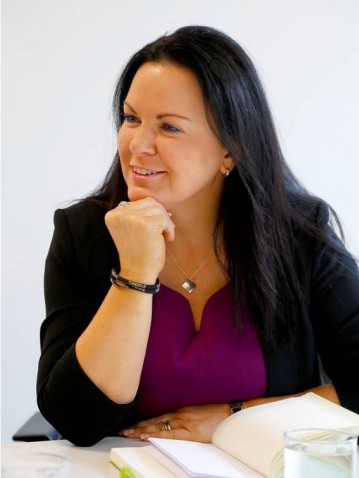The role and importance of the Quality Jump Racing Review Group


BHA Director of Racing, Ruth Quinn on the role and importance of the Quality Jump Racing Review Group:
In May 2021, the Quality Jump Racing Review Group (QJRRG), was formed to strengthen the performance of British jump racing at the top end of the pyramid.
Background to the QJRRG
Following the success enjoyed by our Irish counterparts in recent years, particularly at Cheltenham and Aintree 2021, there was good reason to reflect on the health of the upper tier of British jump racing and where any changes may prove beneficial.
The QJRRG brought together owners, trainers, racecourses, broadcasters, and bookmaker representatives to discuss how we can better support the British jumps racing industry to ensure we are competitive on the biggest stages, but also strengthen the development pathways that propel our horses towards that top end.
Aims and recommendations
Unsurprisingly, there were passionate views about how we ensure the code is a strong as it can be, such is the special place that Jump racing holds for so many of us.
But it became clear during the discussions that a consensus was developing around five central aims and two overarching recommendations.
The five aims, which the QJRRG regard as inextricably linked and of equal importance, are:
1. to see Britain’s best horses more regularly running against each other outside of the Cheltenham Festival.
2. to make Britain’s best horses and stables more competitive against those representing Ireland.
3. to encourage more of the sport’s highest-investing owners to have their horses trained in Britain.
4. to neutralise prize-money as a consideration for owners when decisions are taken about whether a horse is trained in Britain or Ireland.
5. to produce a race programme that is consistently more engaging to punters, fans, the media and racegoers.
And to help achieve these aims, we recommended that as a sport, we must:
1. Incentivise greater competition between the sport’s leading horses in all divisions by implementing significant changes to the jump Pattern and Listed programme, focusing primarily on enhancing and refining of Britain’s Graded and Listed races.
2. Deliver a significant prize-money increase for British jump racing, with suggested measures to include the setting of increased minimum prize-money levels that encourage owners and trainers to run horses and also reward those racecourses most willing to invest in purses.
What does this mean in practice?
It’s becoming increasingly clear that a large chunk of our core season is not working as it should. Our group found that there were significant differences between Britain and Ireland in how horses were campaigned ahead of the major spring festivals.
For instance, the Irish horses tend to run more often, against stronger opposition in better races – giving them crucial experience of stiff competition. Whereas we believe that the British programme does not incentivise our principal festival hopes to compete regularly against each other throughout the season.
Prize money is clearly an issue, and we have real concerns that the sport is not investing sufficiently at the top end if Jump racing is to retain the backing and enthusiasm of the biggest owners.
Finding more money is never easy, but if the sport can agree that there is a long-term benefit to doing so, then there are existing structures and funding mechanisms in place to make this possible. This might mean a boost in the prize money available for novice races, for example, or incentivising racecourses to raise their own contributions.
We also see value in streamlining the Pattern to boost competition perhaps, for example, through contracting the Grade 2 programme and converting a small number of these races into competitive handicaps. The Clarence House at Ascot might be a contender for this, having been a popular handicap in the past, and with the absence of a major midseason handicap at this distance an obvious omission in our season.
Next steps
The QJRRG does not have the authority or the remit to allocate or review prize-money models, nor amend the Jumps programme. However, the overarching objectives agreed by the QJRRG have already been approved in principle by the BHA Board, which means we can now seek to progress these recommendations.
It is proposed that, as well as seeking detailed input from existing industry groups, such as the Jump Pattern Committee and the Fixtures and Funding Group, an implementation group is formed – comprised of industry representatives – with the aim of developing these recommendations and ultimately producing an implementation plan.
I am grateful to all of those who have already given their time and consideration in recent months to contribute to this work – and I want to thank colleagues in advance for your help and support over the coming months as our efforts intensify.
Quality Jump Racing Review Group members:
Simon Clare
David Cleary
Bryan Drew
Lydia Hislop
Emma Lavelle
Lee Mottershead
Richard Norris
Ruth Quinn (Chair)
Dan Skelton
Nick Smith
Richard Wayman
